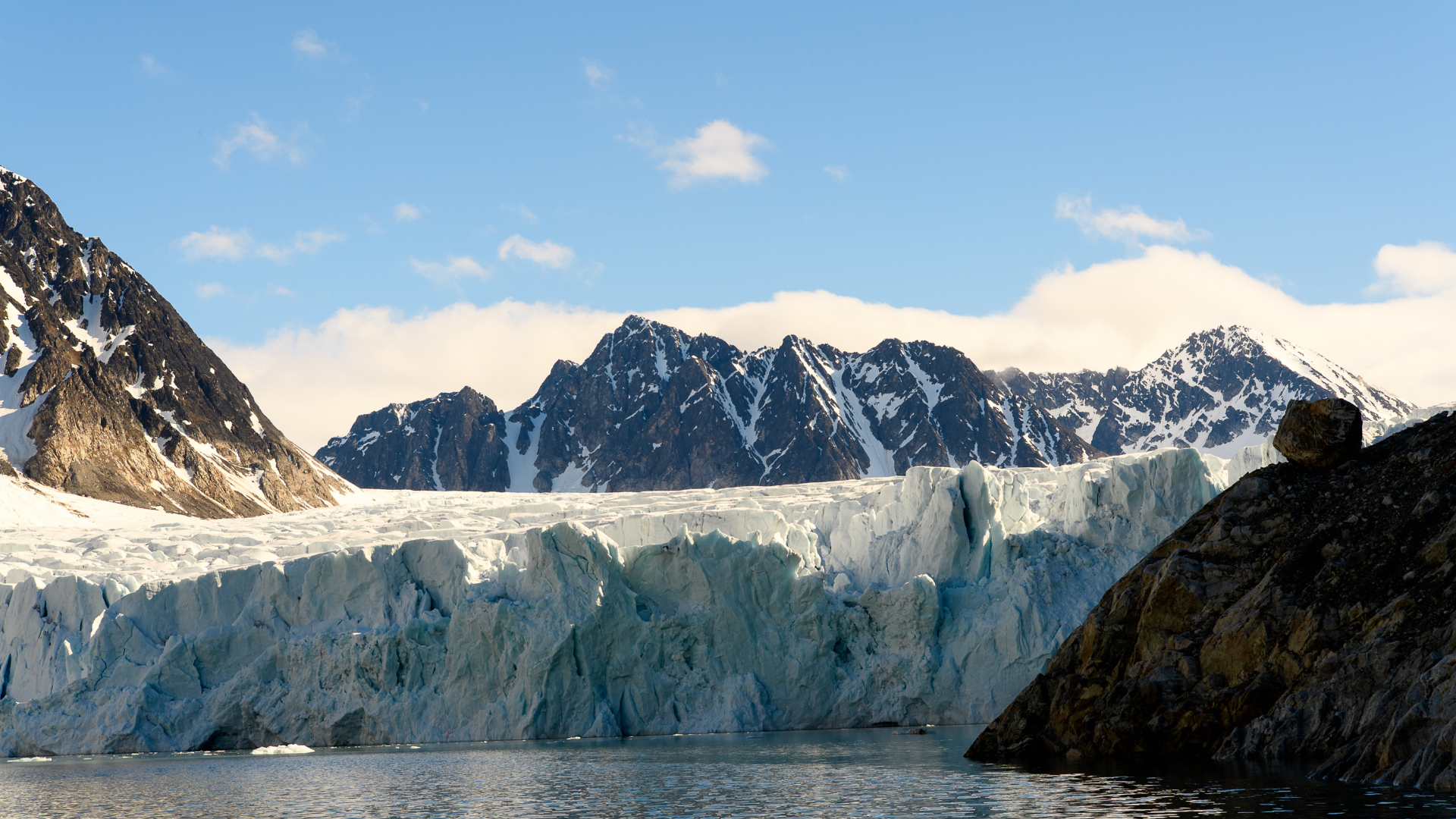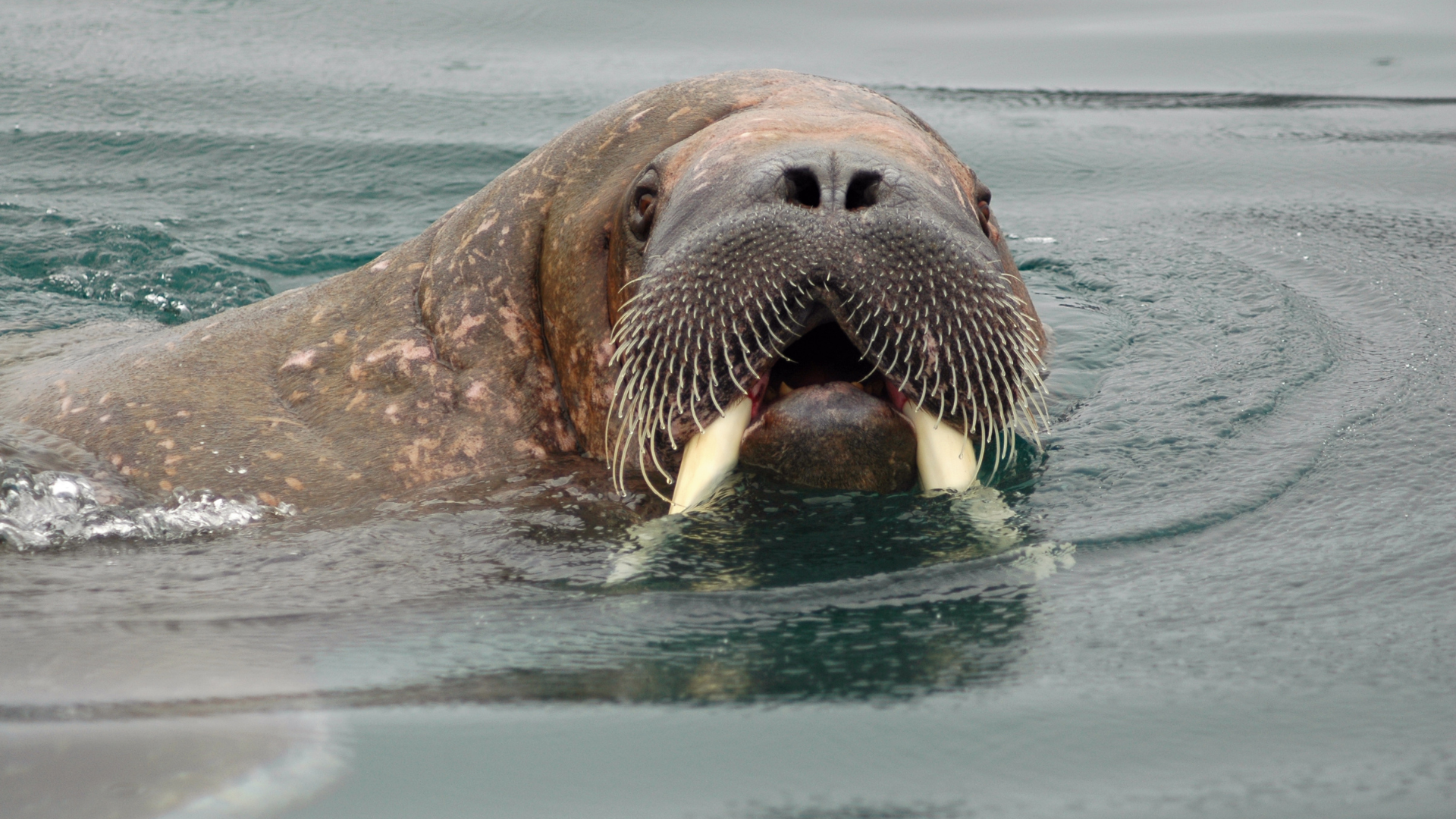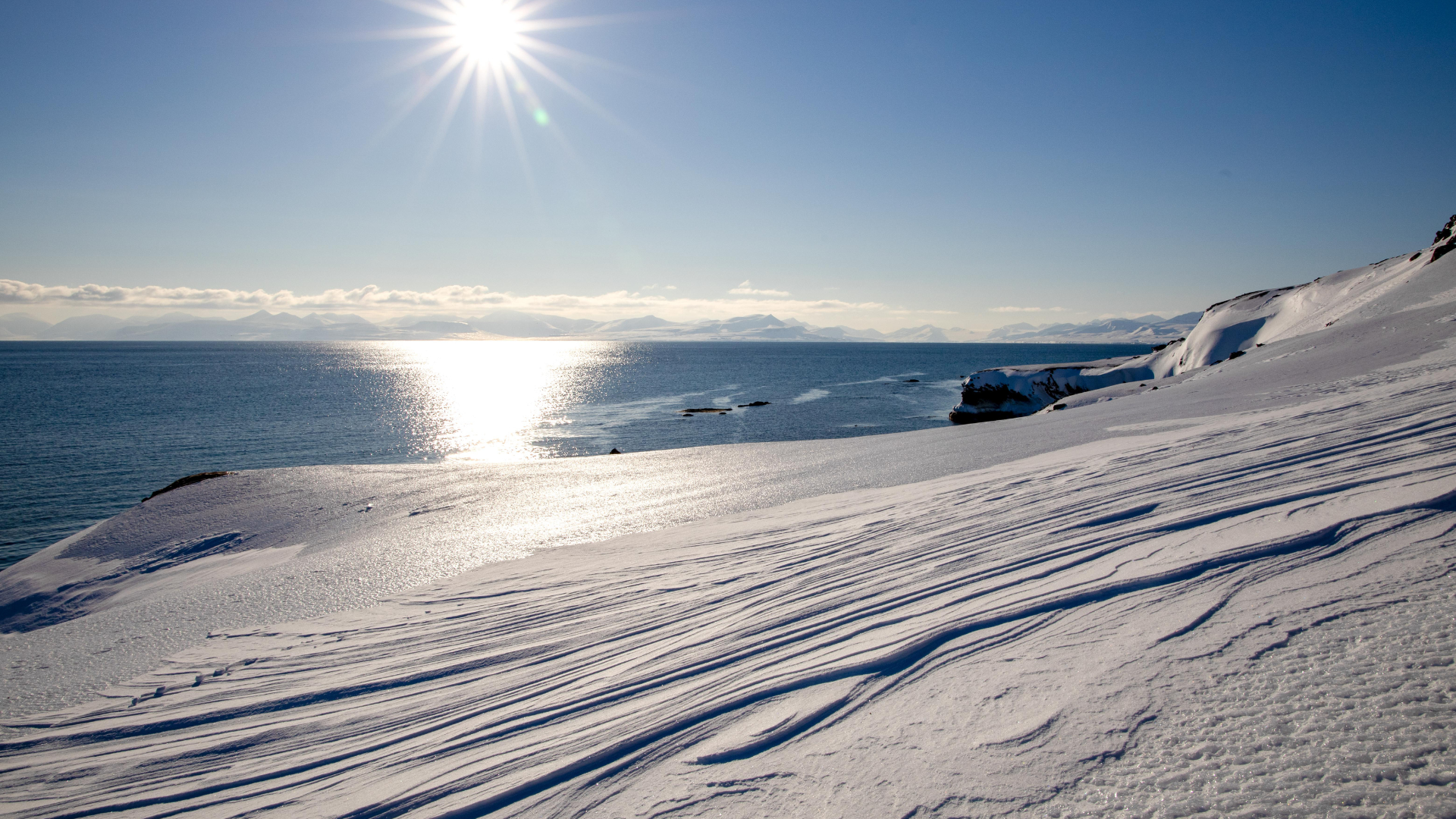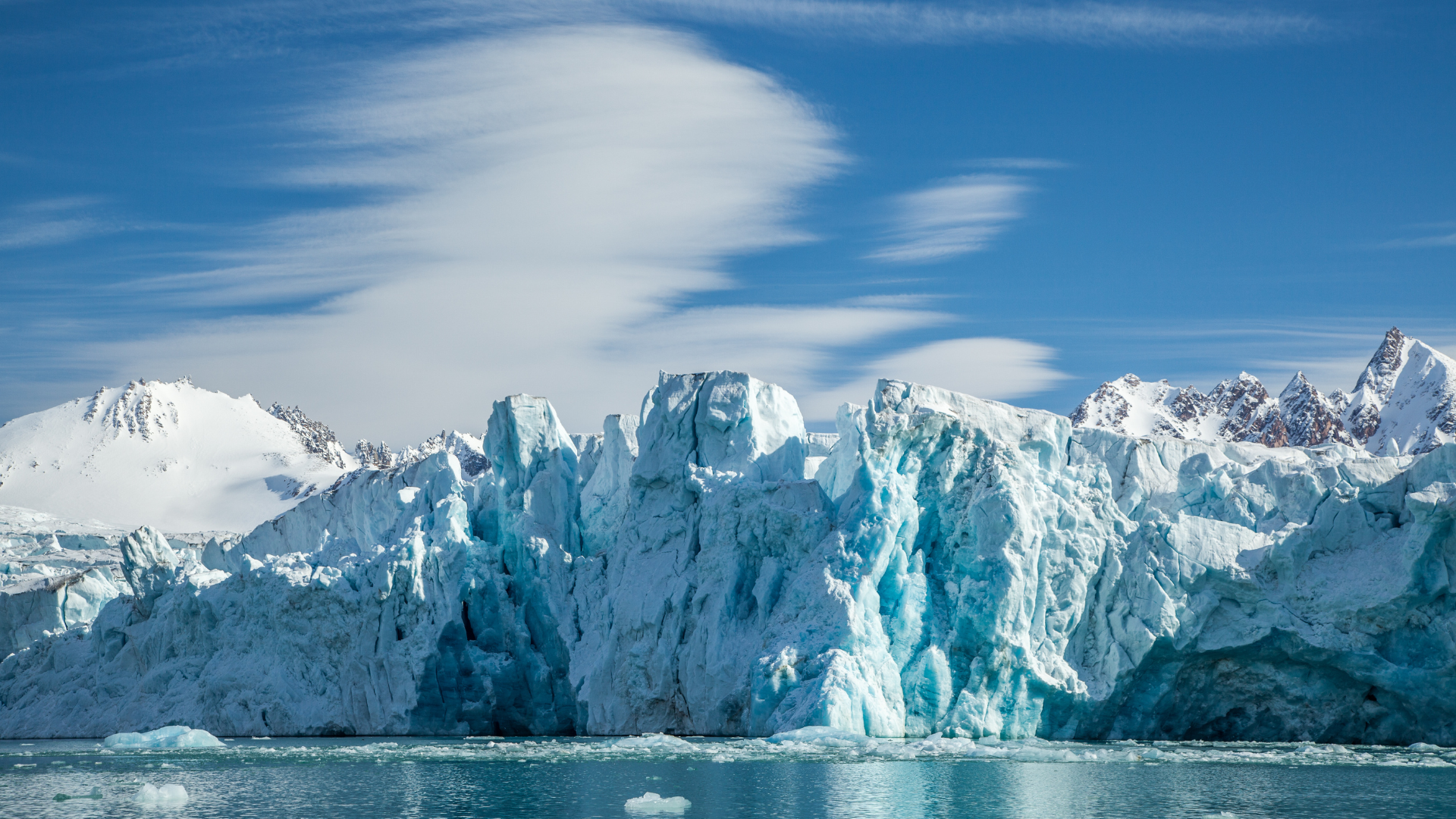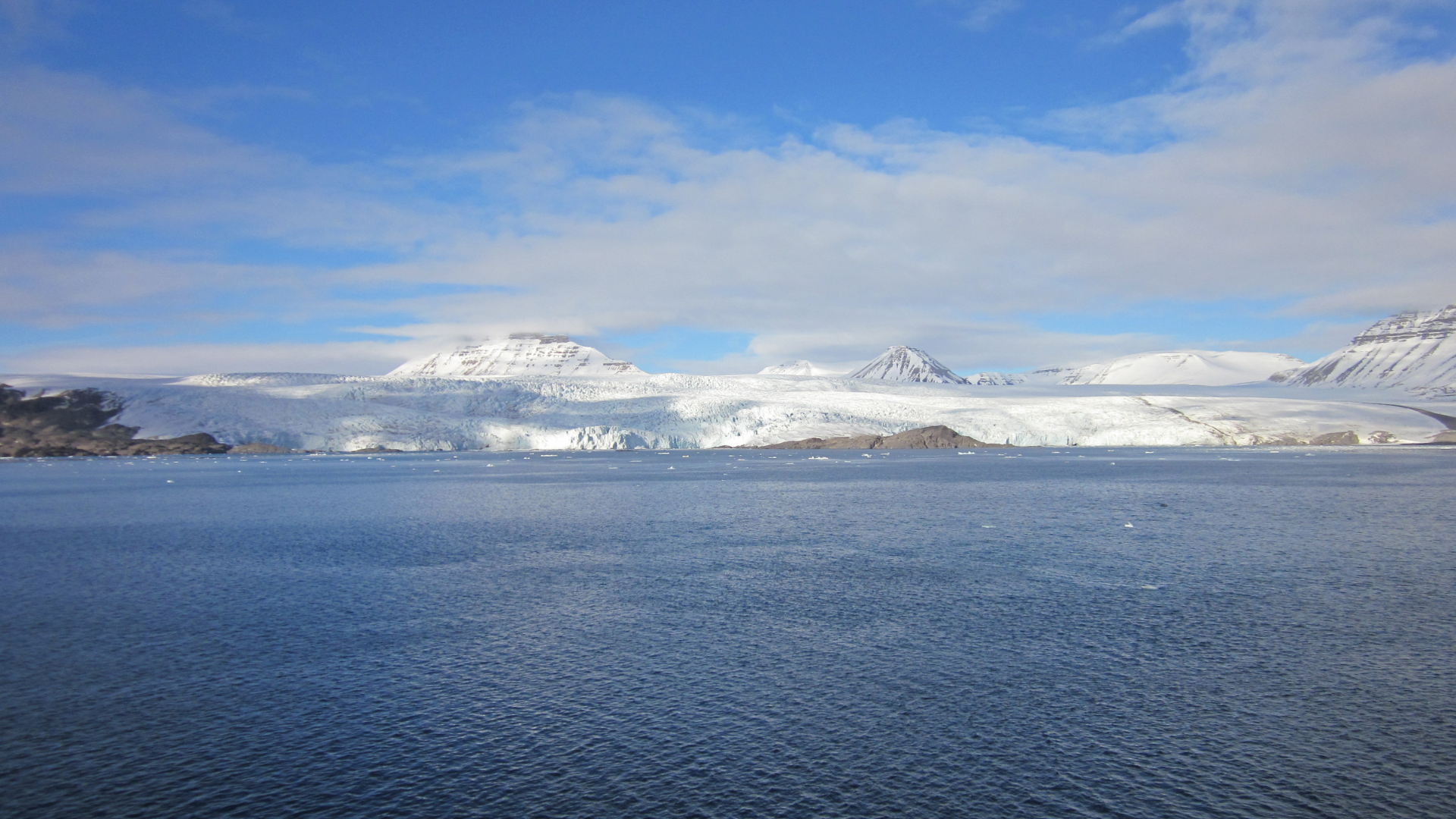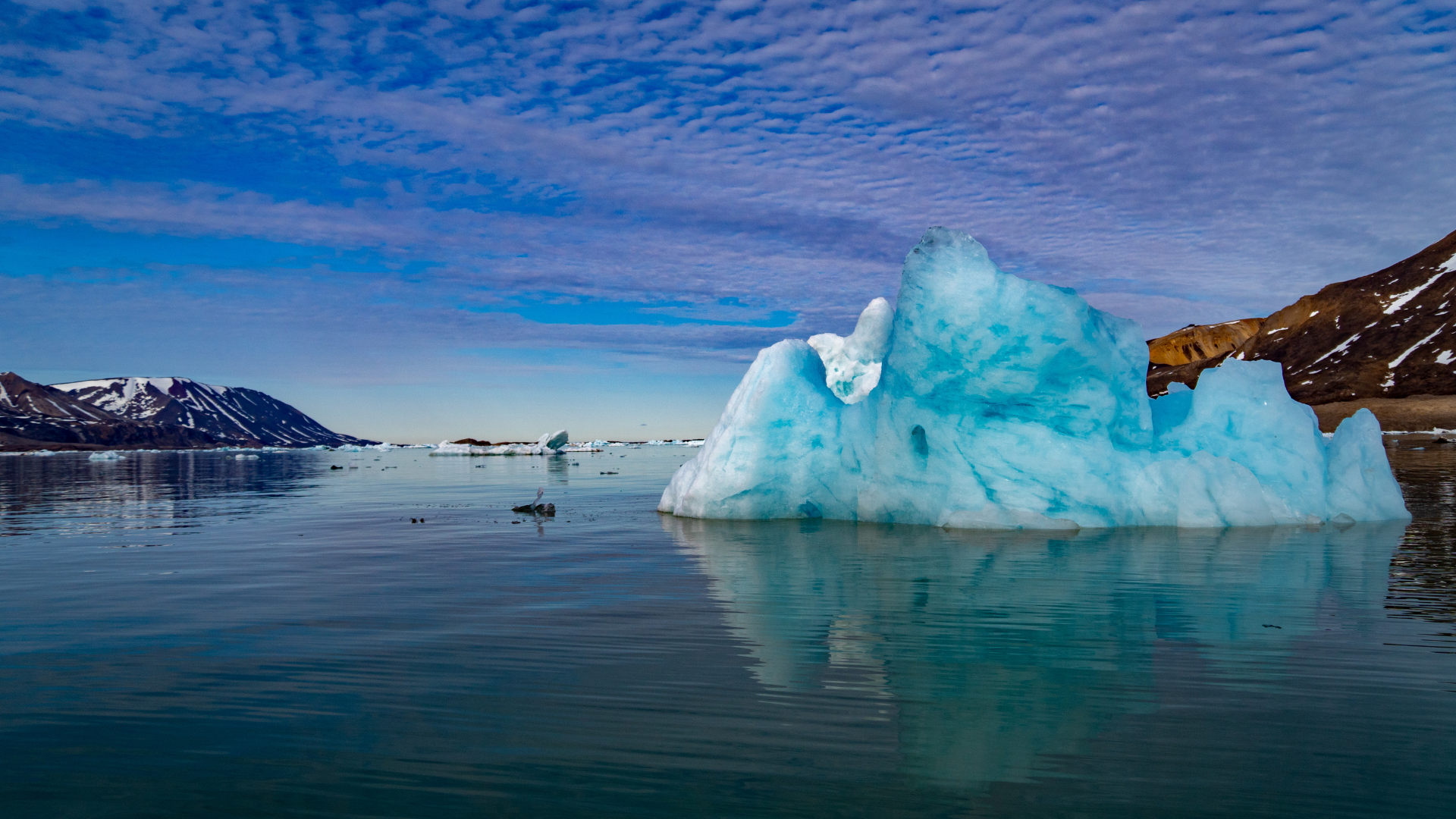It's Time To Explore Places That No One Has Been To
Svalbard: Most Prominent Wildlife in April
Svalbard: Most Prominent Wildlife in April
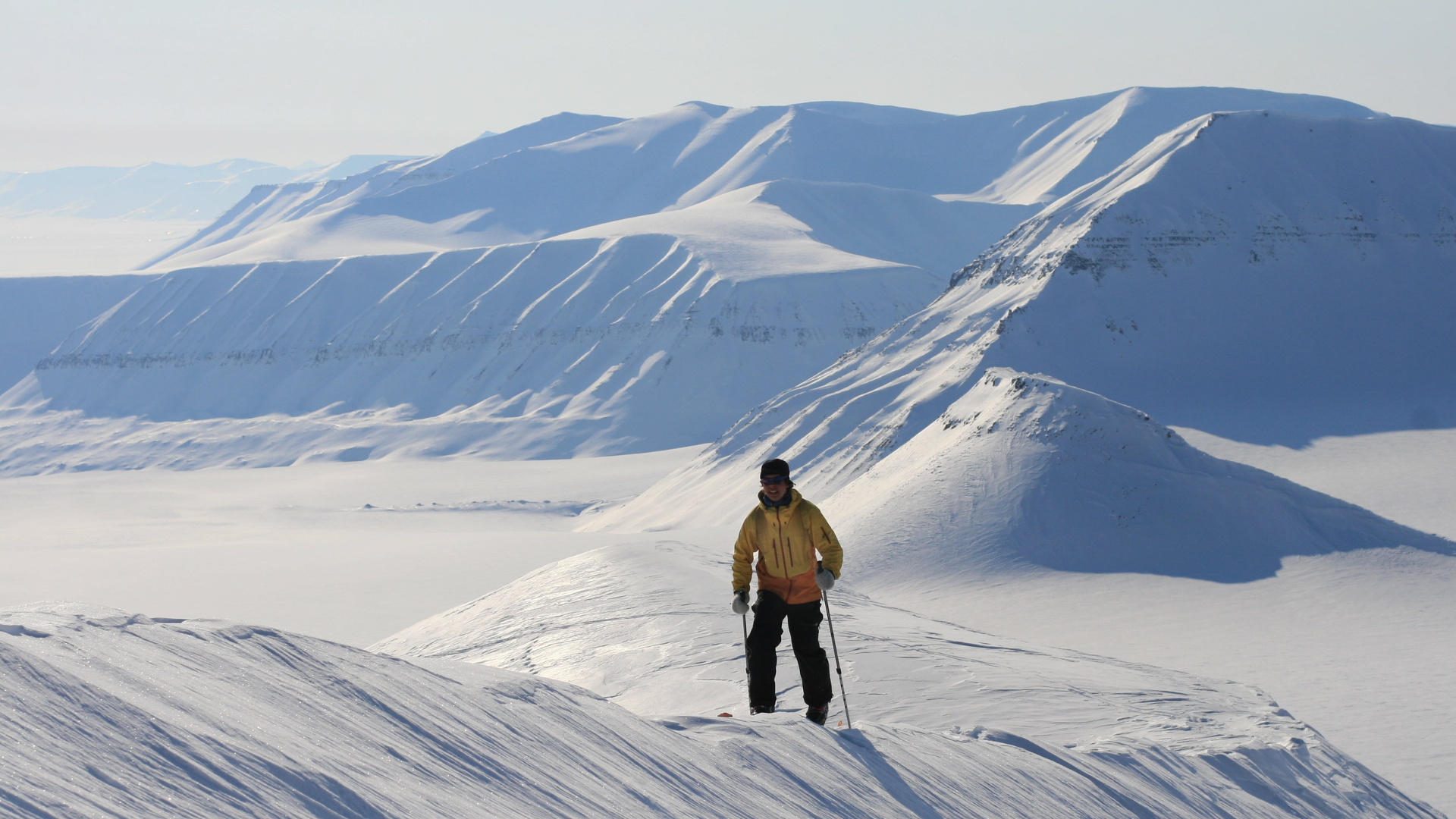
April in Svalbard is a captivating time, a period of subtle transition when the harshness of winter meets the promise of spring. This period of Arctic resilience is marked by a quiet transformation in which both the environment and its inhabitants adjust to longer days and rising temperatures. Wildlife enthusiasts visiting Svalbard in April will witness an extraordinary range of animal activity unique to this shoulder season. During this time, visitors have a chance to see polar bears, Arctic foxes, Svalbard reindeer, and early-arriving seabirds, each making the most of the extended daylight and slightly warmer temperatures that April offers.
One of the highlights for many travelers to Svalbard in April is the opportunity to observe polar bears in their natural habitat. These majestic predators, iconic symbols of the Arctic, spend much of April on sea ice, hunting for seals—their primary source of sustenance. With the ice still intact, bears roam across large distances, skillfully navigating the frozen seascape. Visitors joining guided tours have an increased chance of spotting polar bears along Svalbard's coastlines and fjords, particularly in areas where the ice meets open water, creating prime hunting grounds. These tours ensure safe, respectful observation, allowing people to experience polar bears' strength and elegance from a secure distance.
Another resilient species making the most of April is the Arctic fox. Found throughout Svalbard’s islands, these small, hardy animals are well-adapted to the extreme conditions. By April, Arctic foxes sport thick white coats that offer not only warmth but also effective camouflage against the snowy landscape. Known for their resourcefulness, Arctic foxes are often spotted around human settlements and near the coast, where they scavenge for food or hunt small prey. The beginning of the mating season around this time also means that foxes are more active, increasing the likelihood of sightings. These adaptable creatures offer a fascinating glimpse into the survival strategies of Svalbard’s native fauna.
April is also a fantastic time to observe the Svalbard reindeer, a unique subspecies found exclusively on the archipelago. These stocky animals are particularly well-suited to the cold, with thick fur and short legs that help them conserve heat. As April progresses, reindeer become more active, leaving their winter grazing grounds in search of fresh vegetation that begins to emerge as the snow recedes. These animals are usually found in small groups, grazing along valleys and near the coast. Watching them traverse the tundra, resilient yet peaceful, is a reminder of the quiet strength that defines life in the Arctic.
While most migratory birds arrive later in the spring, some seabird species begin to return to Svalbard in April, a sign of the coming warmer months. Species like the little auk and kittiwake are among the earliest arrivals, beginning to claim nesting sites along the coastal cliffs. These early birds bring a hint of sound and movement to the landscape, contrasting with the silent, snowy backdrop of Svalbard in winter. Birdwatching in April offers a unique opportunity to witness the first stirrings of avian life as these hardy birds prepare for the intense breeding season.
April's extended daylight hours enhance the experience of wildlife watching, as Svalbard’s famous Polar Day begins its gradual approach. While still dark for part of the night, the island experiences long stretches of light that allow visitors to maximize their time outdoors. This increased visibility not only aids in spotting animals but also provides an eerie, beautiful atmosphere, with the low-angle sunlight casting long shadows over the snowy landscape. For photographers, this light creates striking contrasts, highlighting the contours of the ice and snow, framing wildlife against a breathtaking Arctic backdrop.
In addition to its iconic species, Svalbard's marine life also begins to stir in April. Although the water remains frigid, seals are occasionally spotted along the edges of the sea ice. These animals play a crucial role in the Arctic food chain, and their presence draws predators like polar bears, creating dynamic scenes of predator-prey interactions for fortunate observers. Seals often bask on ice floes, resting between dives, their movements a reminder of the interconnectedness of Svalbard’s ecosystem. Whale sightings, although rare, are also possible, as certain species begin their slow migration into Arctic waters, following the path of melting ice.
April visitors to Svalbard can choose from a range of excursions designed to maximize their chances of seeing wildlife. From boat tours that navigate along the edges of the sea ice to guided snowmobile expeditions, there are numerous ways to explore the archipelago while respecting the natural environment. These tours are led by knowledgeable guides who not only ensure the safety of participants but also provide insights into the lives and behaviors of Svalbard’s wildlife. Their expertise adds depth to the experience, allowing visitors to appreciate the complex web of life that sustains these remote islands.
As April progresses, the landscape itself undergoes subtle changes, as the sun climbs higher in the sky and temperatures slowly rise. Ice formations begin to shift, and the snowpack starts to thin, creating pockets of exposed ground where hardy vegetation will soon bloom. This transformation is gradual but fascinating, a testament to the resilience of the Arctic environment. For those fortunate enough to visit Svalbard in April, the experience is one of contrasts: the stark beauty of winter slowly giving way to the promise of spring, and the thrilling chance to witness wildlife adapting to this challenging, breathtakingly beautiful environment.
April in Svalbard offers a rare glimpse into the quiet strength of Arctic life. The island’s wildlife embodies this resilience, adapting to the extremes with remarkable grace. As the days grow longer, polar bears, reindeer, foxes, and seabirds alike prepare for the changes to come, each in their own way demonstrating the remarkable adaptability that defines life in one of the world’s most remote regions. April’s wildlife sightings are both a privilege and a reminder of the need to protect these fragile ecosystems for generations to come.
Want to travel to Svalbard?
It’s easy, just leave your details here and we will contact you
Sign up to our newsletter
We will get back to you as soon as possible
Please try again later
